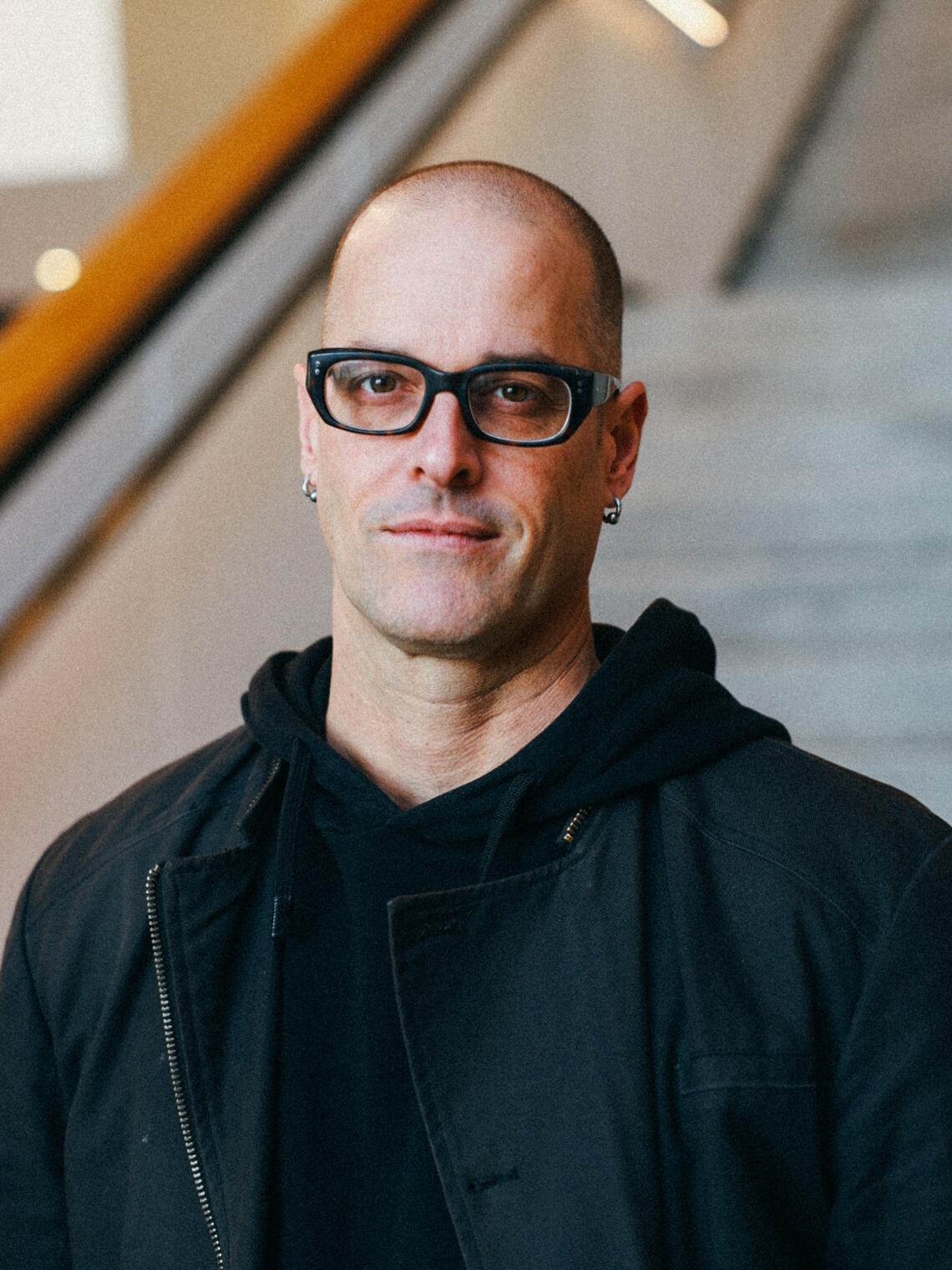Joshua Taron
Associate Professor, Associate Dean (Research & Innovation)
Josh Taron is an Associate Professor and the Associate Dean (Research and Innovation) at SAPL, where he co-directs the Laboratory for Integrative Design (LID). He is also an academic co-lead for the Cities and Societies area of focus at the University of Calgary’s Institute for Transdisciplinary Scholarship. His work blends digital design and fabrication tools with a commitment to addressing challenges at the intersection of industry and society, with a focus on innovation in post-secondary design-based research and curriculum. His current research is necessarily transdisciplinary - exploring construction innovation in collaboration with a variety of disciplines such as computer science, engineering, social work and community-engaged art. The collaborative and holistic nature of his work lends itself to overcoming disciplinary silos while building institutional resilience in the context of changing conditions.
Taron’s work at SAPL reflects a deep commitment to integrating digital innovation with inclusive climate action and community engagement. His approach to teaching and research is characterized by a focus on resilience, adaptability, and social equity, making him a leading figure in the effort to create a more sustainable and just built environment. Taron remains dedicated to using design as a tool for positive change, ensuring that architecture serves the broader needs of society in an increasingly complex and interconnected world.

Contact Info
+1 (403) 210-6415
Professional Faculties 3101
jmtaron@ucalgary.ca
Education
BA in Architecture (Berkeley)
MArch (SCI-Arc)
Keywords
- Inclusive climate action
- Digital design + fabrication
- Construction innovation
- Community-engaged research
- Transdisciplinary challenges
Links
